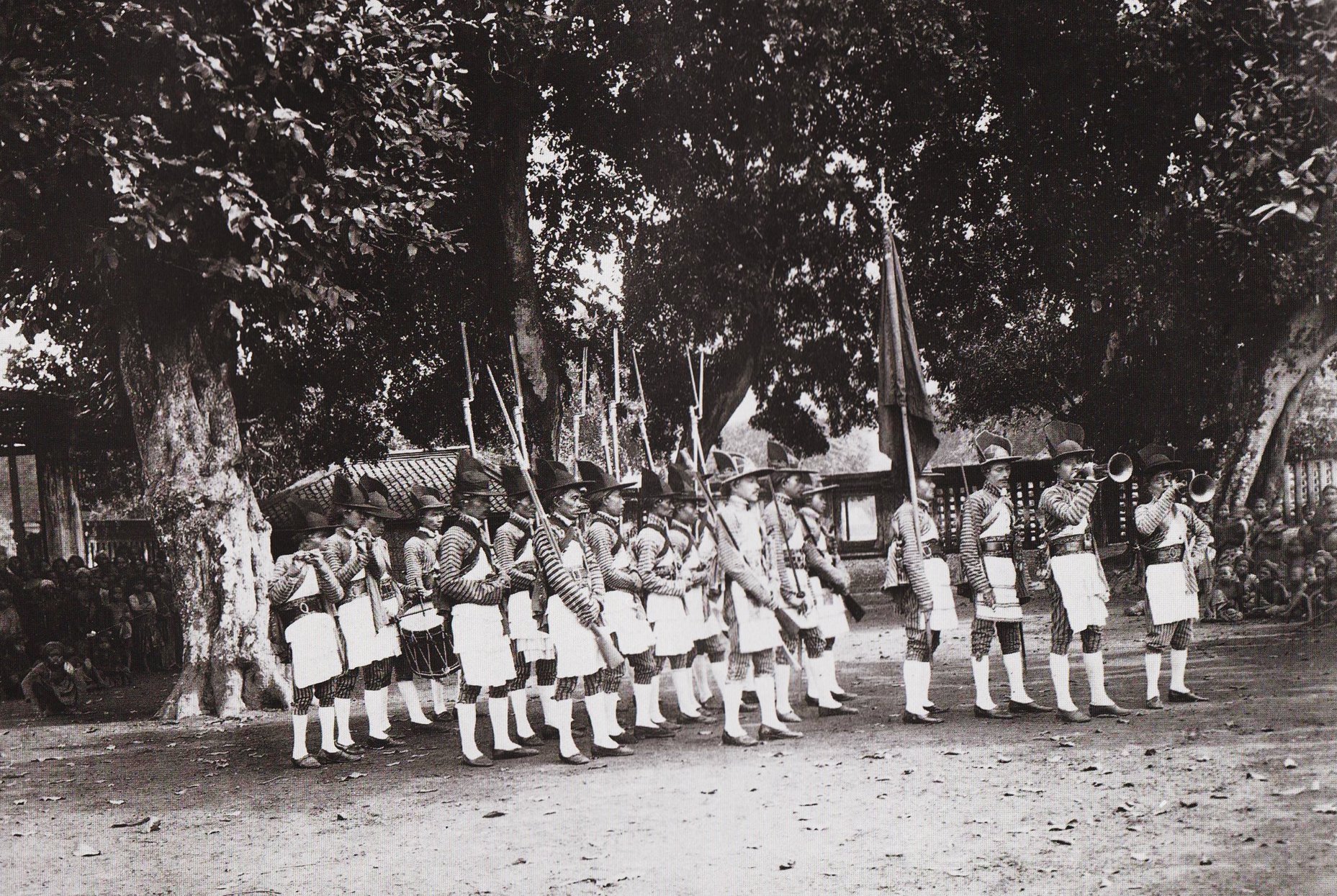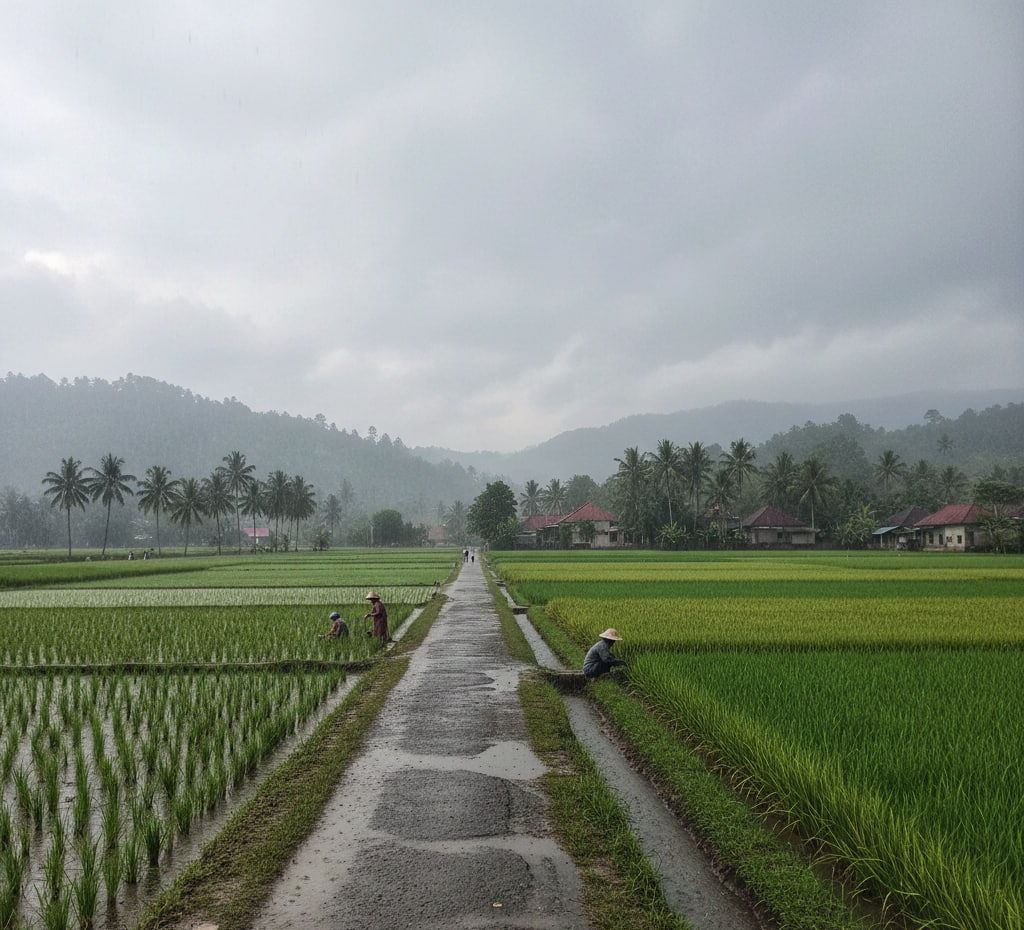News
The Lontar Manuscript of Sutasoma
The Sutasoma manuscript is written in Balinese script, which is a traditional writing system that has been used for a long time in Bali and parts of Java. Balinese script, known for its beauty and complexity, adds an aesthetic touch to this manuscript. The language used is Old Javanese, an ancient language that has a structure and vocabulary different from modern Javanese. Writing in Old Javanese indicates that this manuscript serves not only as a historical document but also as a literary work that reflects the development of the language during that time.This manuscript consists of 154 pages that contain the life journey of a character named Sutasoma. This story is not only interesting in terms of its narrative but also provides an insight into the social structure and cultural values that were cherished at that time. Considering the historical and cultural context, the Sutasoma Lontar Manuscript serves as a window to understand how society at the end of the 19th century viewed their world.The character Sutasoma in this script is a central figure that illustrates various aspects of life and moral teachings. His life story is not only captivating as a narrative but also rich with moral and spiritual messages. In the literary traditions of Bali and Old Javanese, there are often elements that depict the battle between good and evil, as well as the quest for knowledge and wisdom.Through the life journey of Sutasoma, readers are introduced to values such as courage, wisdom, and resilience in facing various challenges. This story often contains allegories or symbols that reflect the religious teachings and life philosophies embraced by society at that time. Thus, this manuscript serves not only as a literary work but also as an educational tool that teaches important values to the next generation.The Sutasoma manuscript has profound significance in the context of culture and history. In Bali and Java, lontar is a traditional medium for storing and disseminating knowledge. Lontar not only contains literary texts but also information about rituals, history, and local beliefs. Thus, the Sutasoma Lontar Manuscript is part of a larger tradition in the preservation of cultural and spiritual heritage.Studying this manuscript provides insights into how society in the past understood and documented their life experiences. This also helps us understand the evolution of language and literature, as well as how values and beliefs are transmitted from generation to generation. With this manuscript, we can see how elements of local culture play a role in shaping the identity and culture of the community.Maintaining and preserving ancient manuscripts like the Sutasoma Manuscript is an important responsibility for safeguarding our cultural heritage. Lontar manuscripts are often made from palm leaves that are susceptible to damage, making it essential to care for and store them properly. Many collections of lontar are now stored in museums, libraries, or study centers that specifically handle cultural heritage.With the efforts of preservation, we can ensure that this manuscript is not only safeguarded but also accessible to future generations. This effort includes digitization, physical preservation, and academic studies that can help us gain a deeper understanding of ancient manuscripts and their context.




rara
19 Sep 2025 19:48 WIB baik, bermanfaat buat pelajar yang sedang mencari artikel'